Cardinals first-round pick Haason Reddick ran the fastest 40-yard dash among linebackers at the NFL Scouting combine.
Tape doesn't lie, but it's not omniscient. Elite testing scores are attractive, but football isn't played in shorts.
In the great debate between game film and measurables, the Cardinals prefer dabbling in both.
During the pre-draft process, the team relies heavily on a player's production and natural instincts on the field when going through the painstaking work of ranking prospects. General Manager Keim is wary of diverging too far from those evaluations in February, when the NFL Scouting combine and Pro Days result in an avalanche of testing data.
However, that extra information still has its role – allowing the Cardinals to feel that much better about a pick, or forcing them to take a second look if substandard numbers are produced. It's clear the front office liked what it saw in last weekend's draft, as all seven players had elite physical traits to go alongside on-field production.
"It's a checks and balances system," Keim said. "We try to rely heavily on what we see on tape, and then whenever you look down on the paper and see that they've tested extremely well physically, that just adds to it."
While it took some time for first-round pick Haason Reddick to make his mark at Temple, his athleticism was unlocked the past two seasons, and he finished 2016 with 22½ tackles for loss and 10½ sacks.
His stock skyrocketed after his showing at the combine, where Reddick ran the fastest 40-yard dash time among linebackers at 4.52 seconds and also had standout marks in the vertical and broad jumps.
"Adding him to the mix gives us a dynamic player who we're going to have a lot of fun doing a lot of stuff with," defensive coordinator James Bettcher said.
While second-rounder Budda Baker is only 5-foot-10, he is another player who combines production with standout athleticism. The versatile defensive back had 70 tackles, three sacks and a pair of interceptions last year for Washington while playing well in coverage.
Baker finished with the fourth-fastest 40-yard dash time among safeties at the combine and also stood out in the three-cone drill and 20-yard shuttle.
Chad Williams wasn't projected to go in the third round, but the Cardinals gobbled him up because of his enticing physical traits. He is 6-foot-1 and 204 pounds yet still reportedly ran a sub-4.4 second 40 at his Pro Day. That combination piqued the interest of coach Bruce Arians.
"I don't like slow guys," Arians said. "I don't give a (expletive) how big they are. You've got to be able to run past people. If you come in a big, strong, physical package, that's even better."
Standout athletes are less common as the draft moves along, but the Cardinals still found some impressive traits in their late-round picks. Fourth-rounder Dorian Johnson, a three-year starter at Pittsburgh, was second among offensive linemen at the combine in the broad jump and fifth in the vertical jump.
Fifth-rounder Will Holden, a three-year starter at Vanderbilt, was third among linemen in the broad jump, 10th in the three-cone drill and vertical jump and 11th in the 20-yard shuttle. While a vertical jump for an offensive linemen doesn't seem to have a worthwhile direct translation, it speaks to a player's overall athleticism.
The Cardinals also locked up two more speed demons late. Diminutive running back T.J. Logan had the fastest 40-yard dash time among running backs at the combine at 4.37 seconds. Cornerback Rudy Ford was clocked under 4.4 seconds in the 40-yard dash.
Every draft has its hits and misses, and it's unlikely every pick pans out. However, it's clear the Cardinals have invested in players who have made an impact at the college level and have the requisite physical tools to make the NFL transition.
"At the end of the day, we try to focus on, how do they look on tape, are they instinctive players, and from a statistical standpoint, are they productive?" Keim said. "And then everything else is, to me, icing on the cake. Do they have the right length, the athleticism -- all that stuff is important, but it's just a piece of the puzzle."
Images from the first day of Phase 2 work
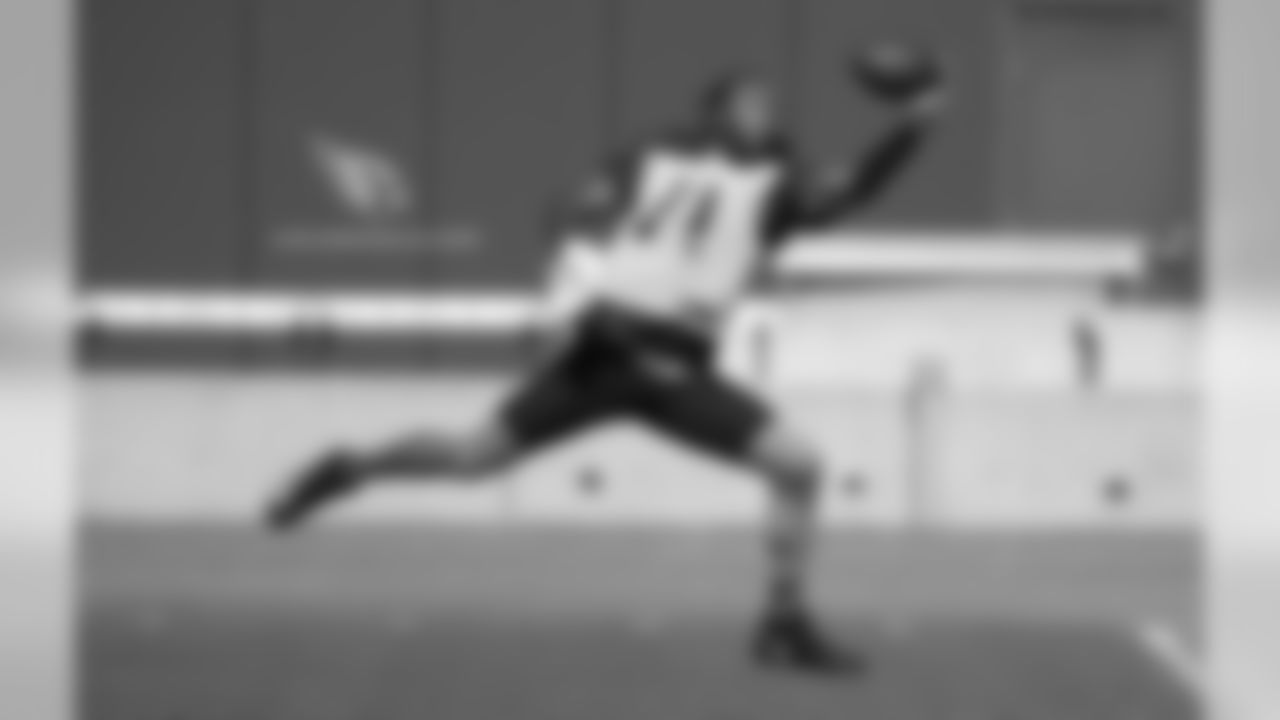
WR Larry Fitzgerald

T D.J. Humphries (left) and T John Wetzel

NT Corey Peters

Coach Bruce Arians with RB David Johnson
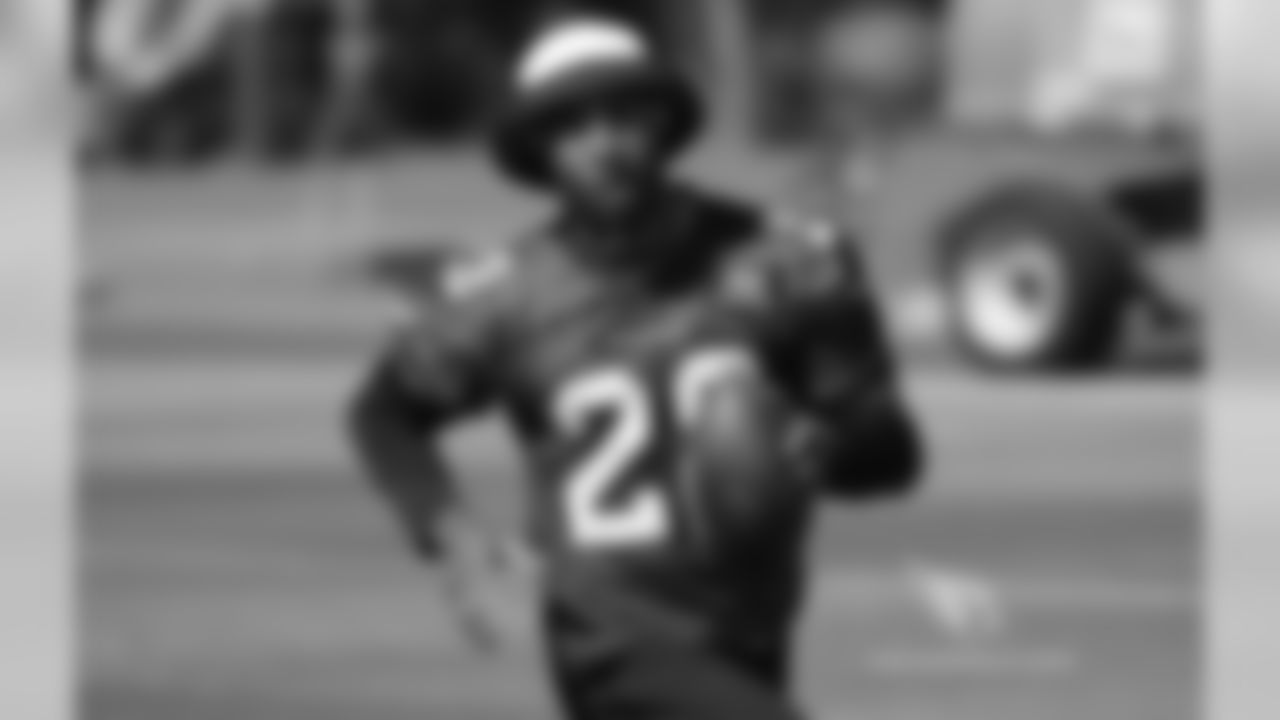
CB Justin Bethel
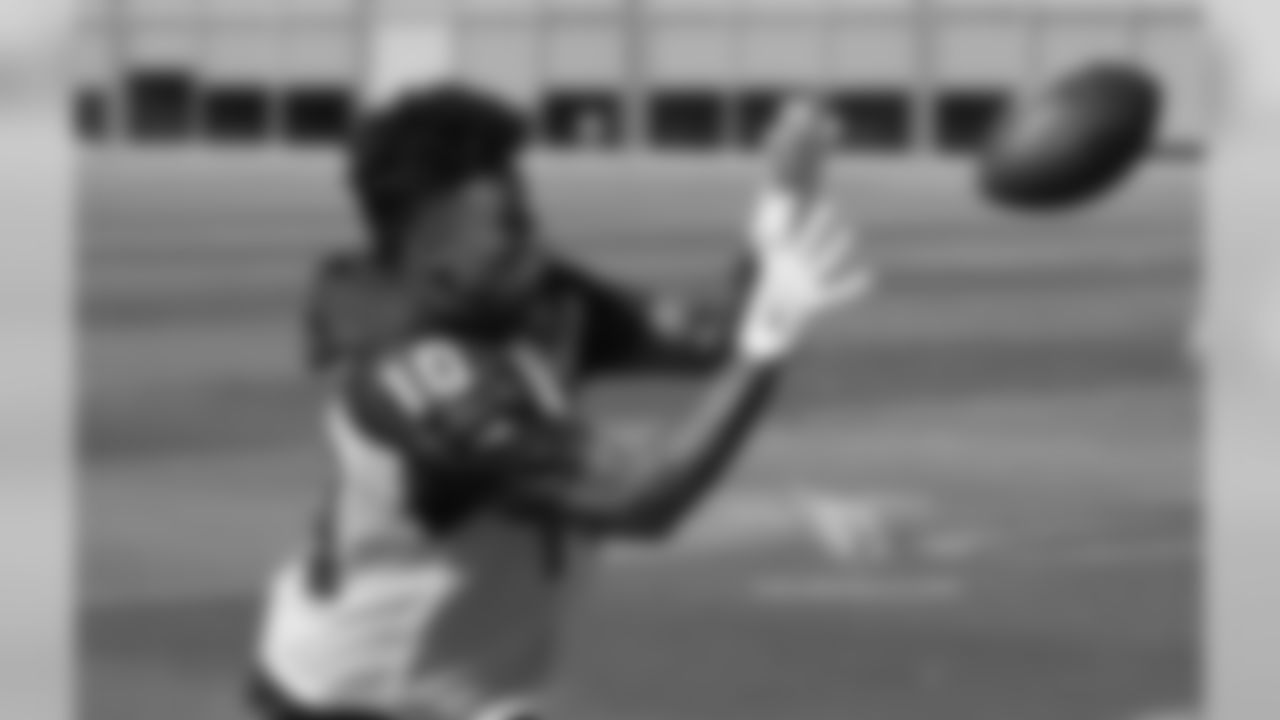
WR Brittan Golden

S Harlan Miller getting instruction
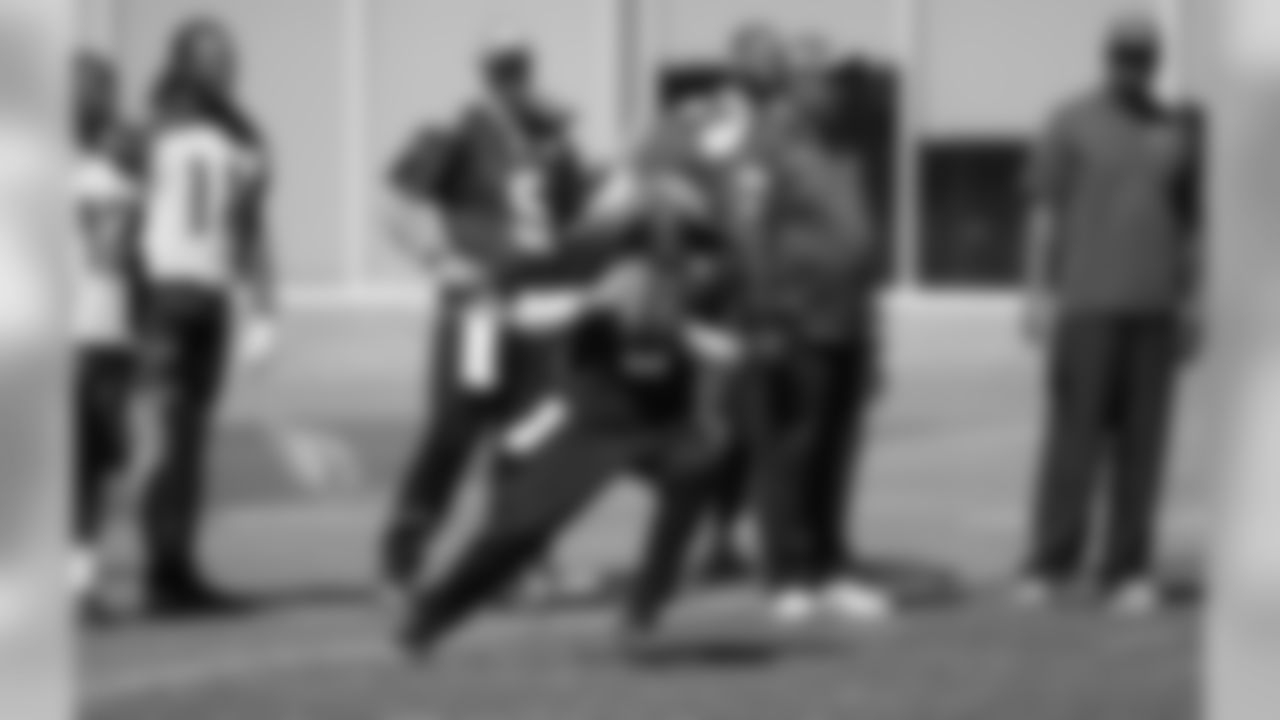
QB Zac Dysert
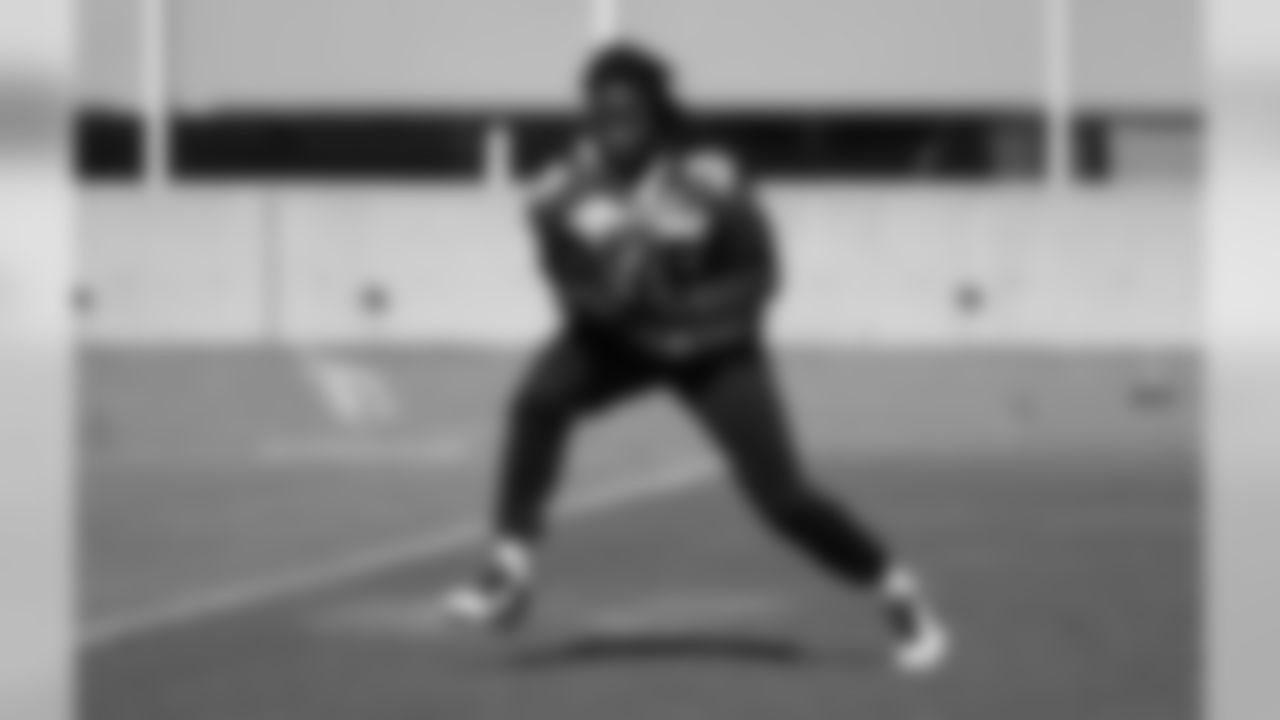
WR Andre Ellington

QB Carson Palmer

G Mike Iupati
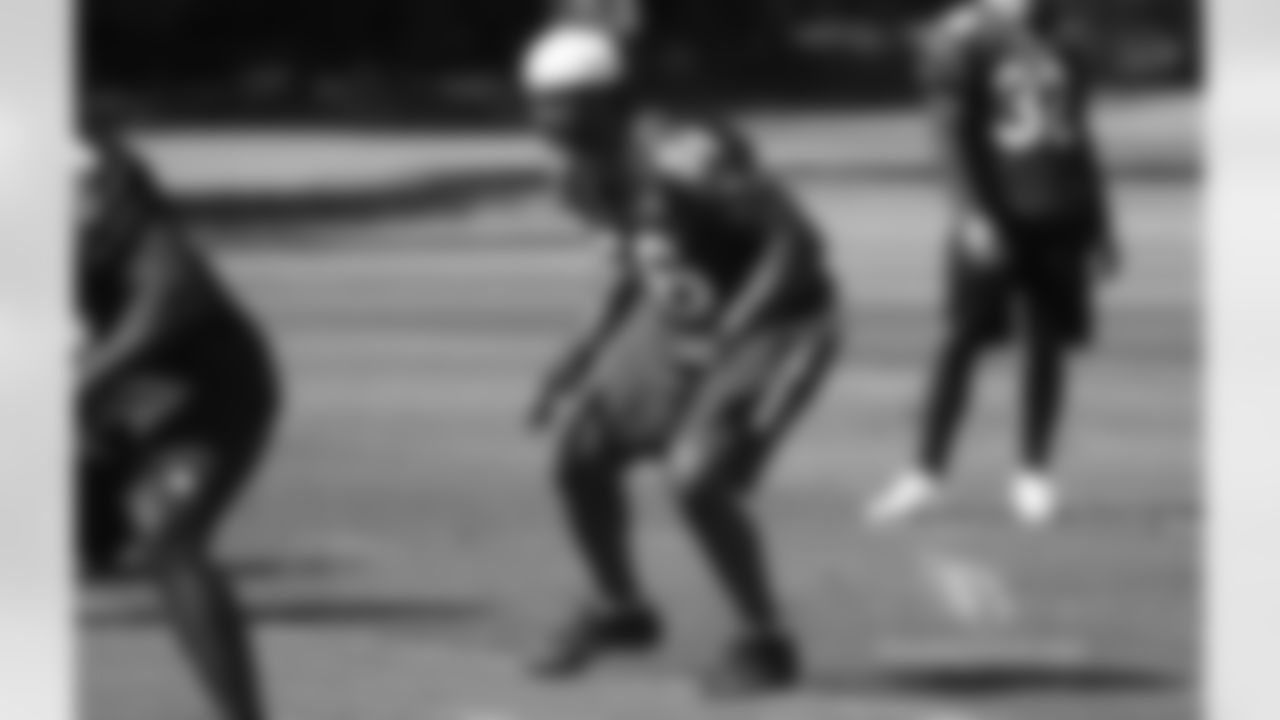
LB Karlos Dansby
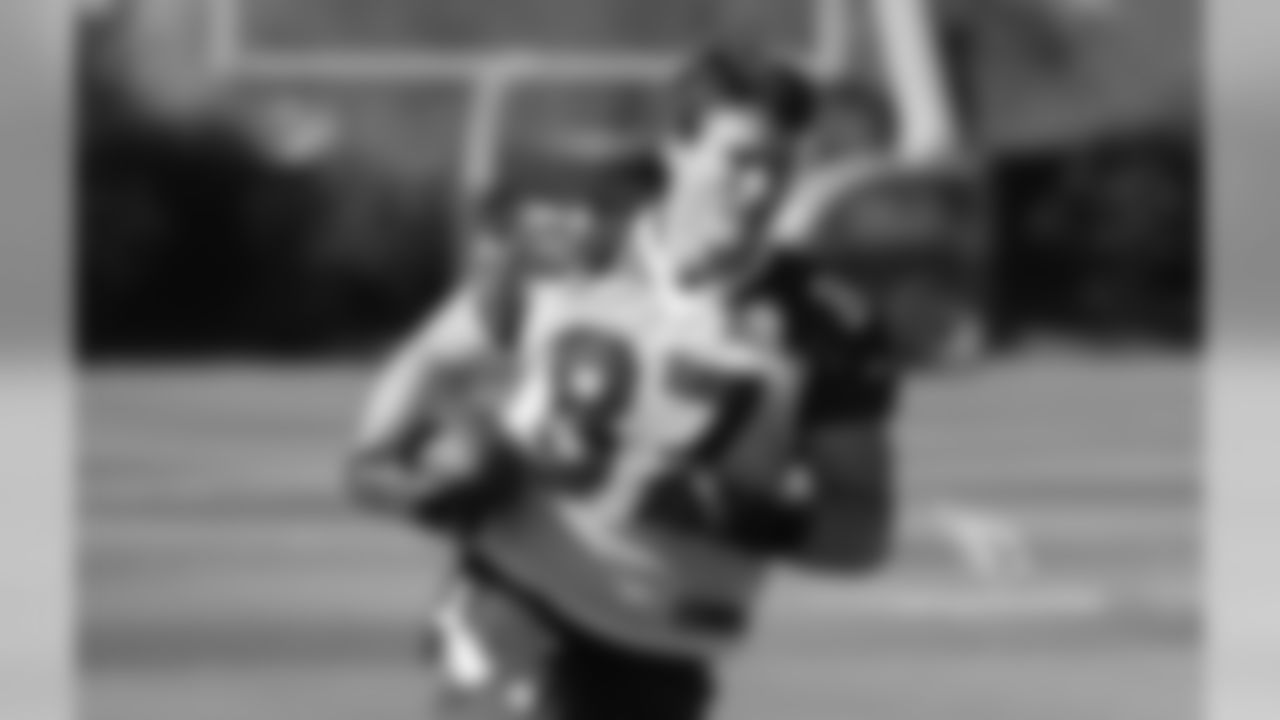
TE Troy Niklas
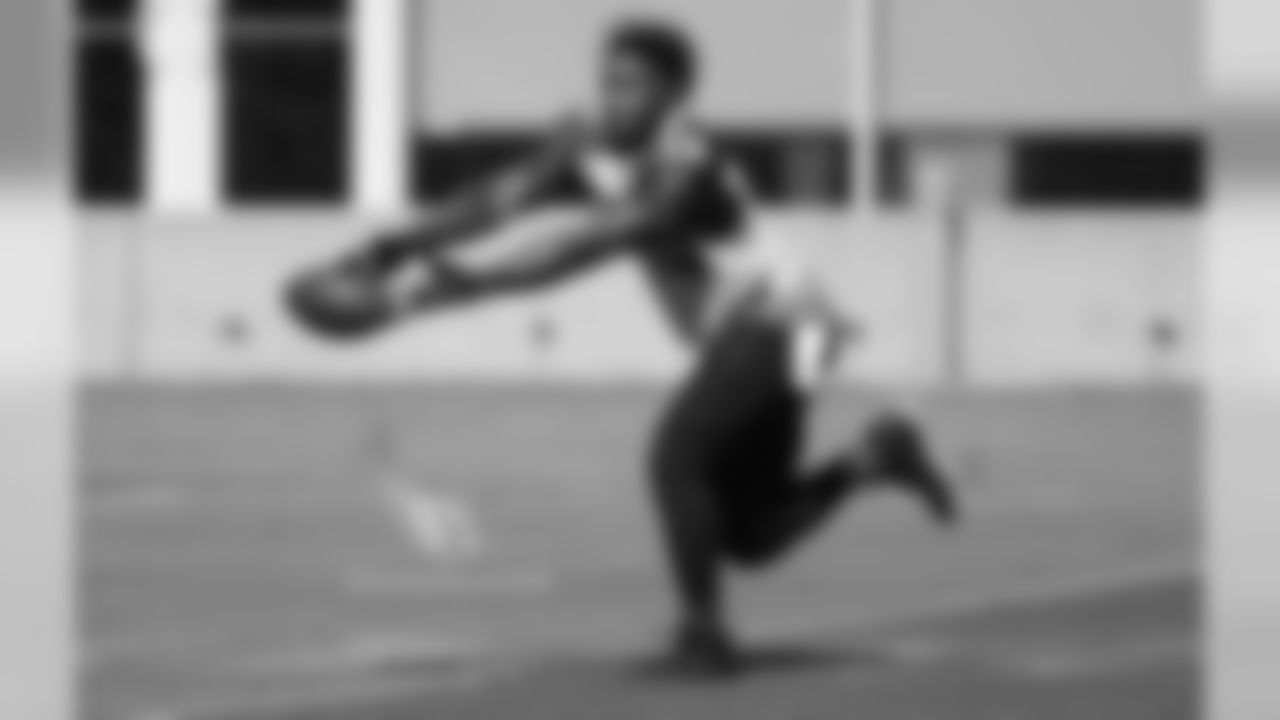
WR Jeremy Ross
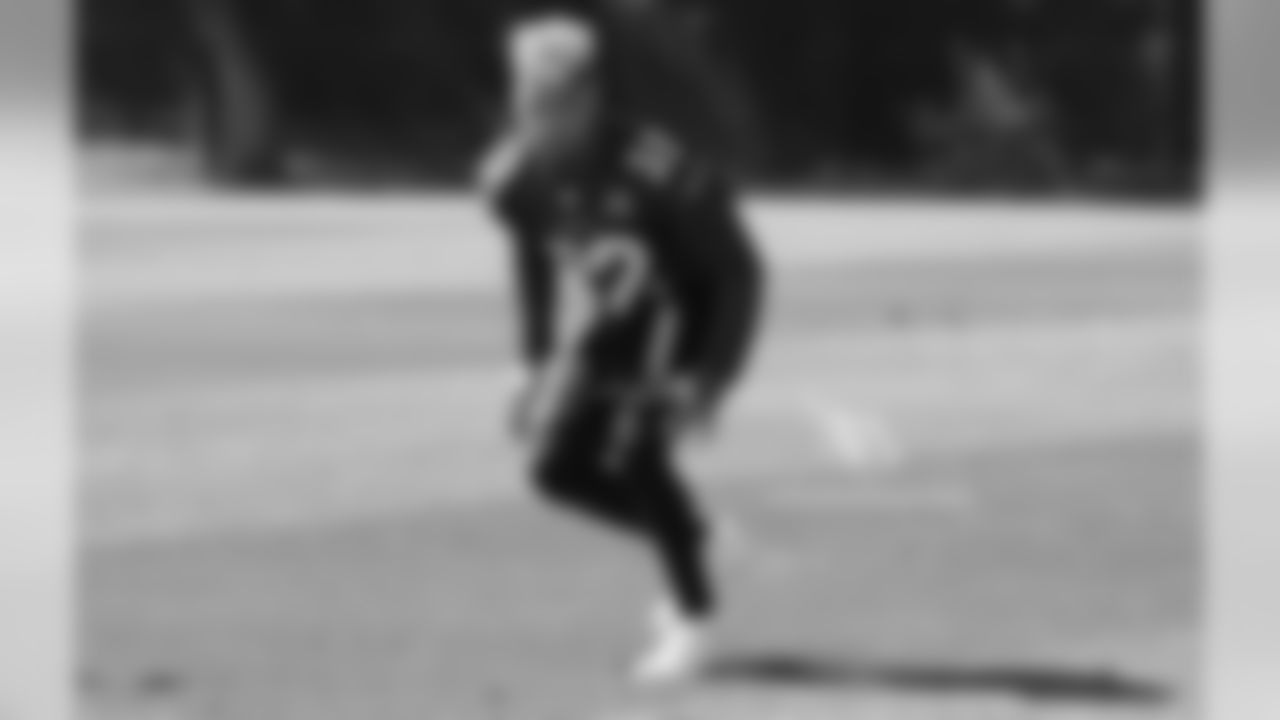
S Tyrann Mathieu
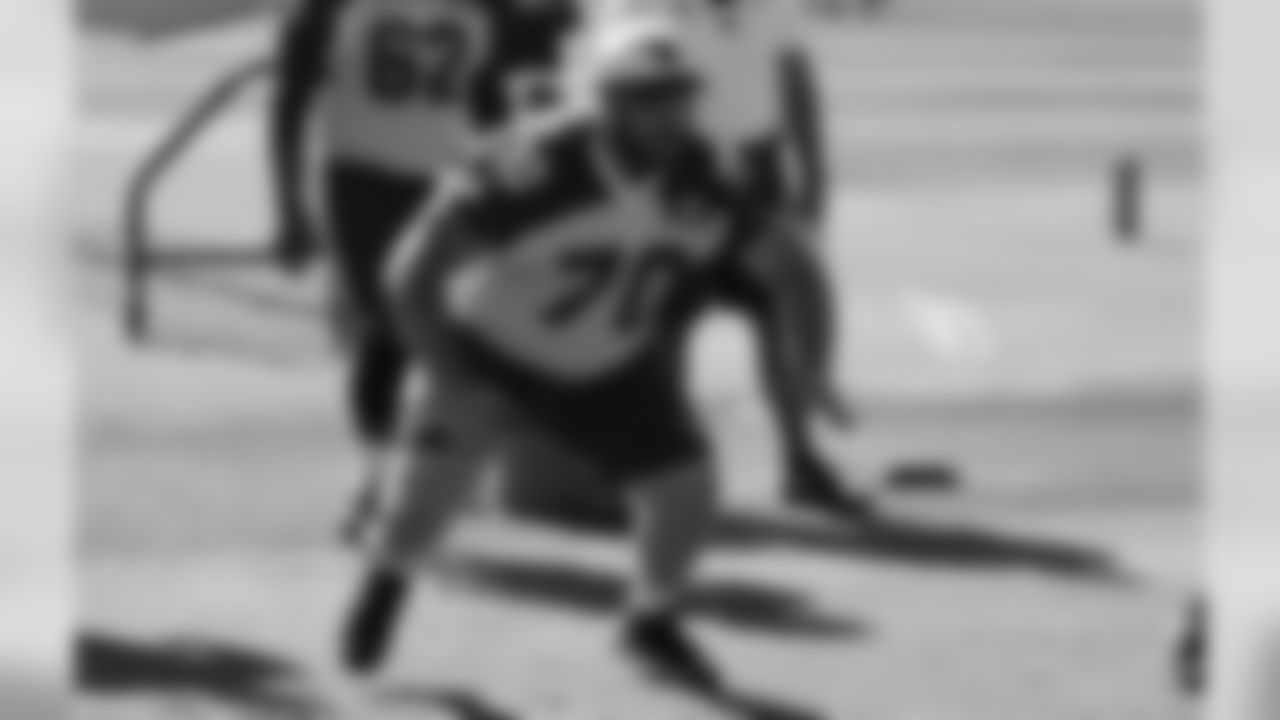
G Evan Boehm
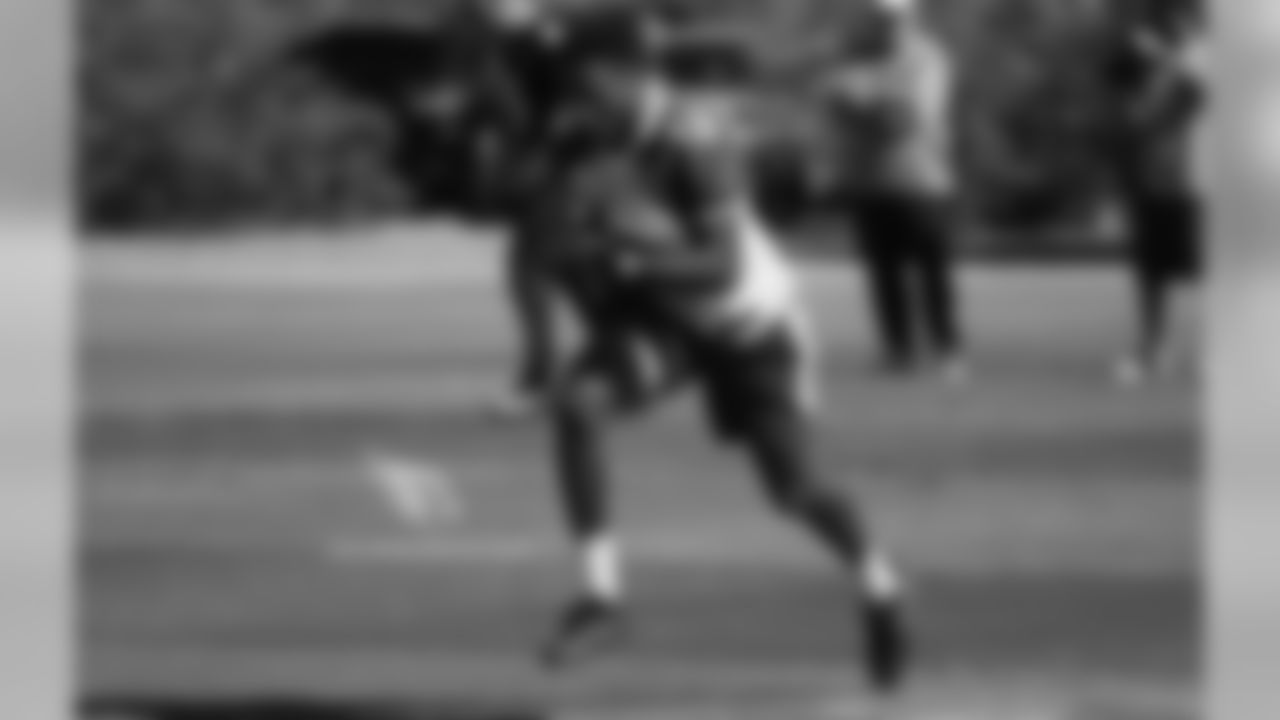
WR Marquis Bundy
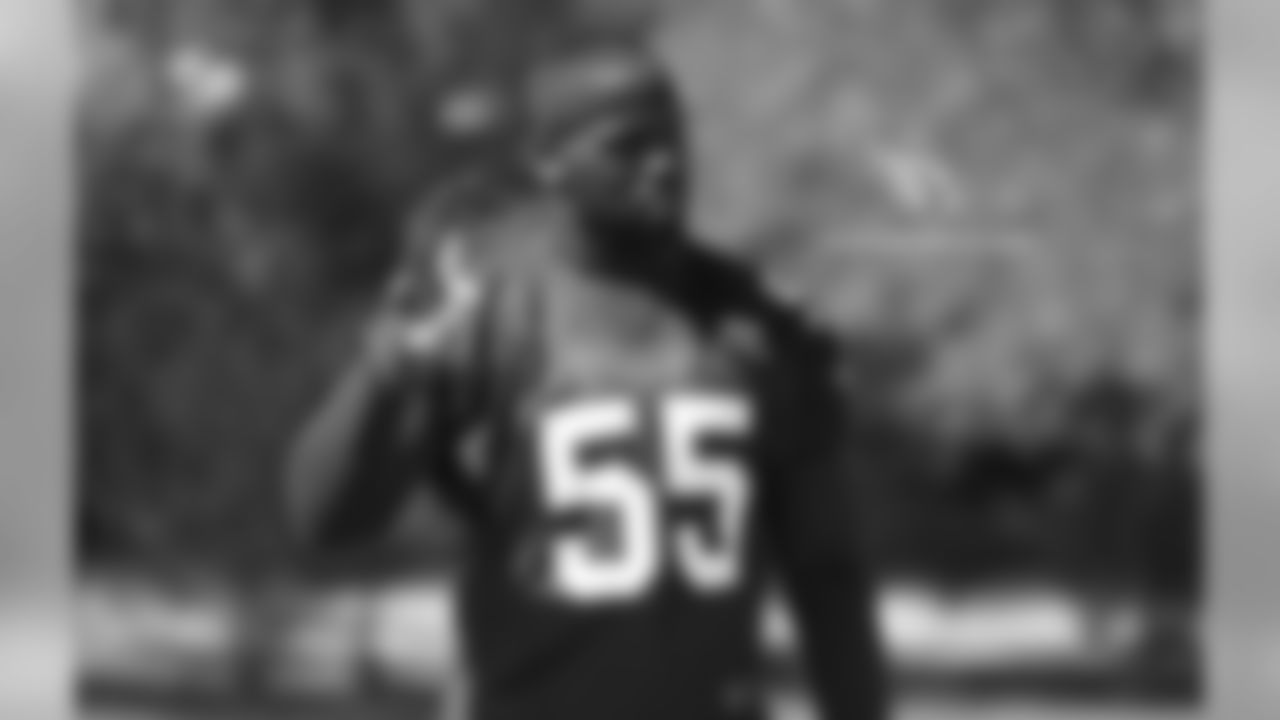
OLB Chandler Jones

S Antoine Bethea
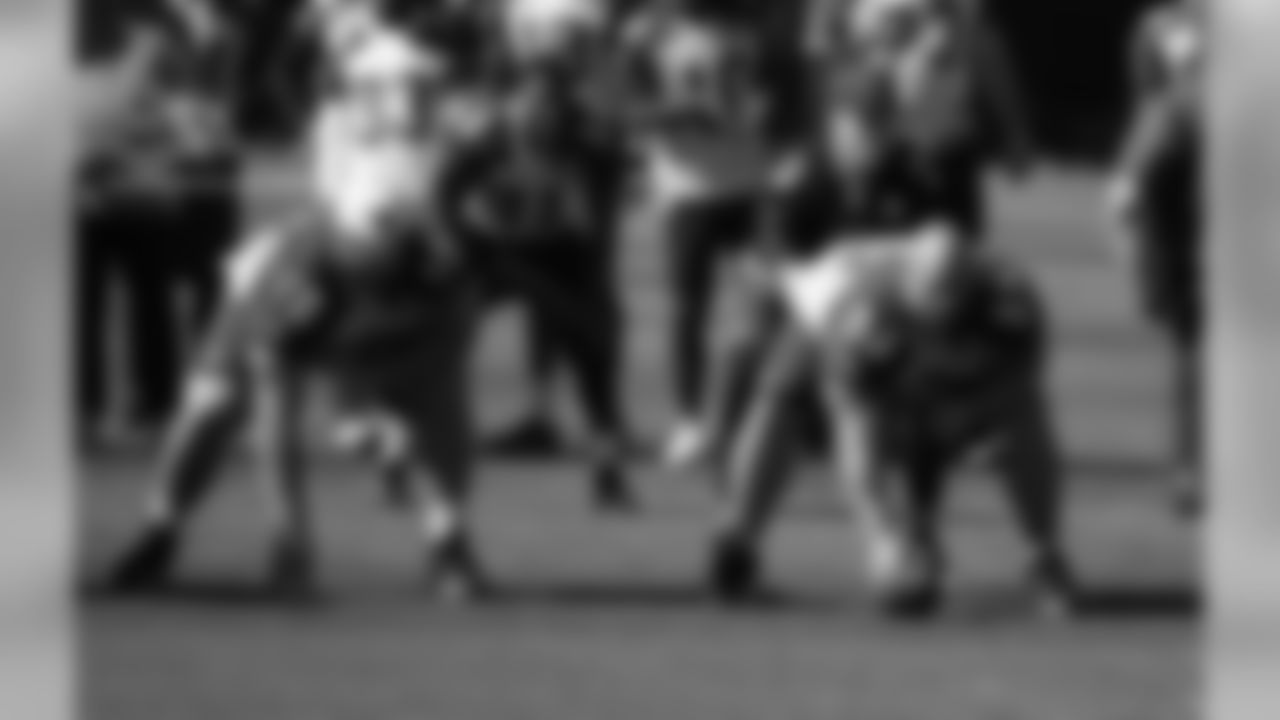
The first snap
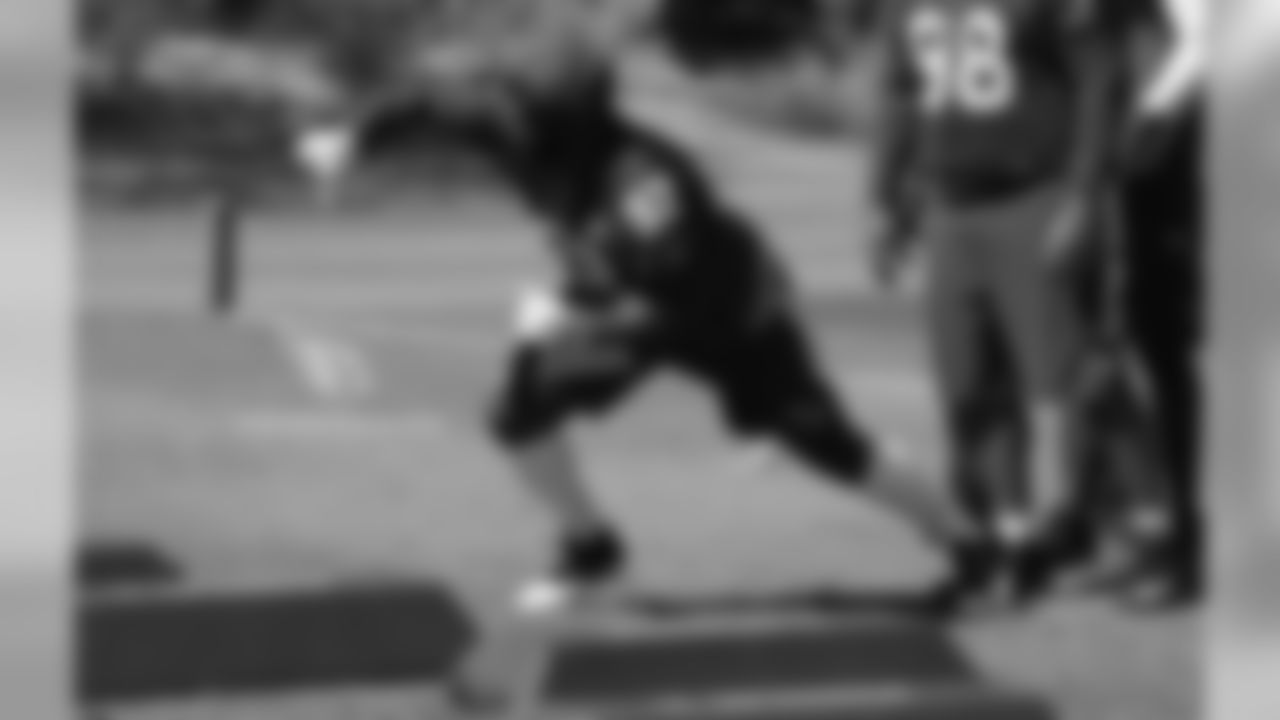
DT Frostee Rucker

CB Brandon Williams

TE Jermaine Gresham (left) and LT D.J. Humphries
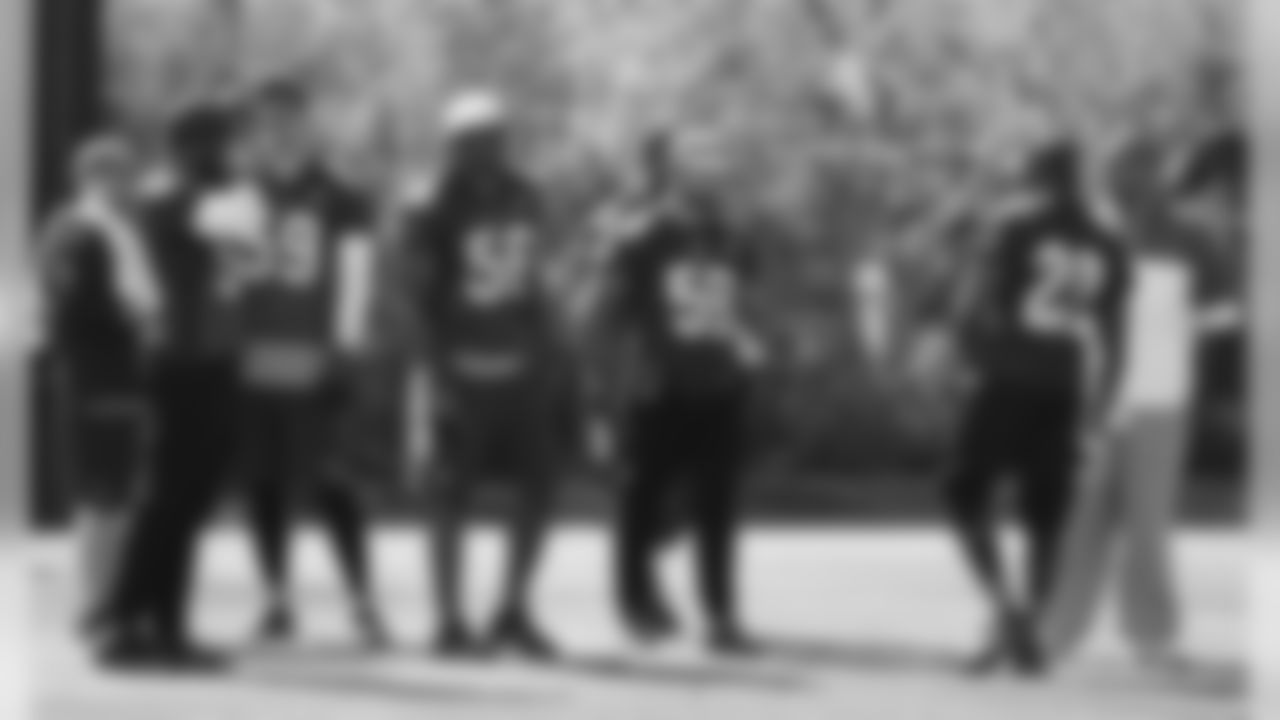
ILB group
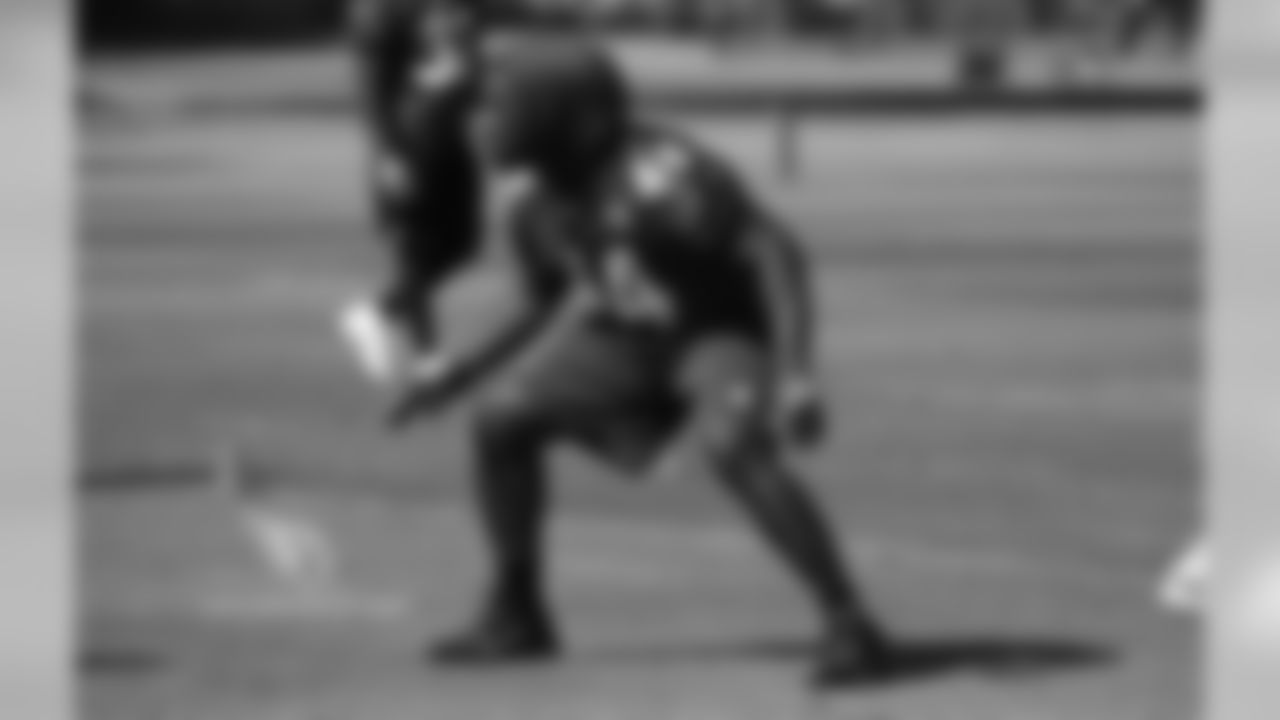
OLB Markus Golden

DT Josh Mauro
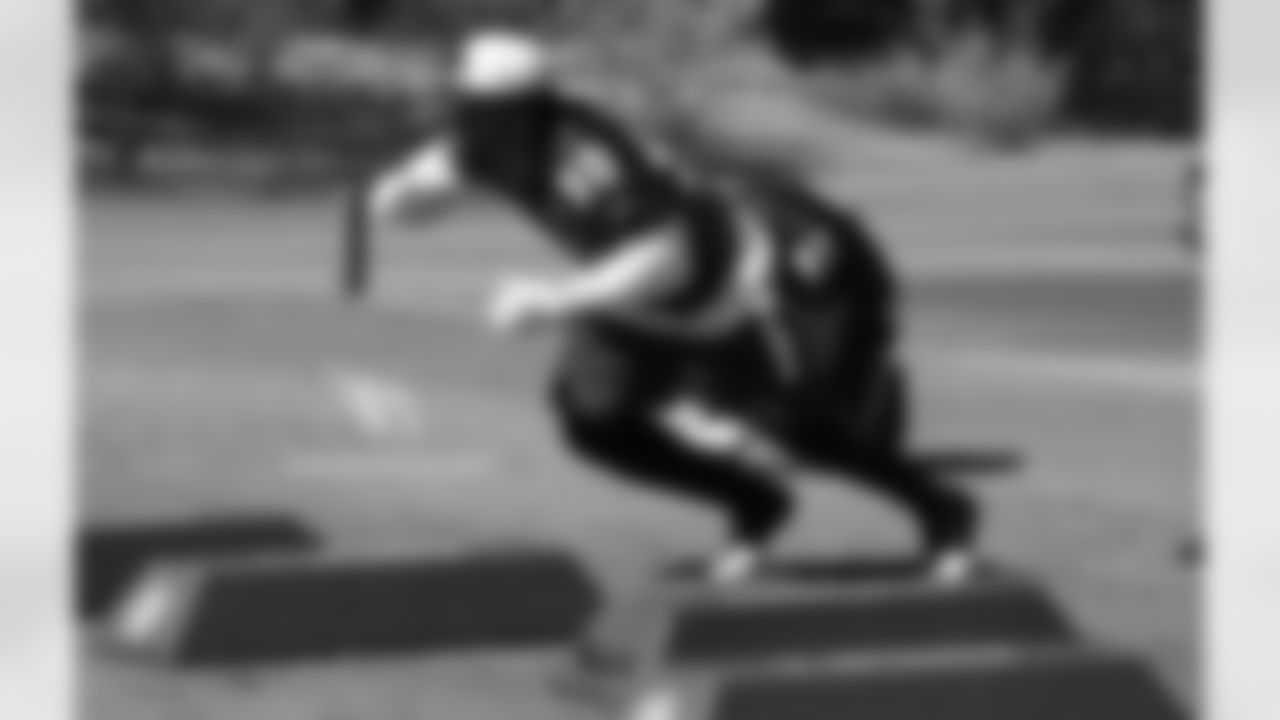
DT Robert Nkemdiche
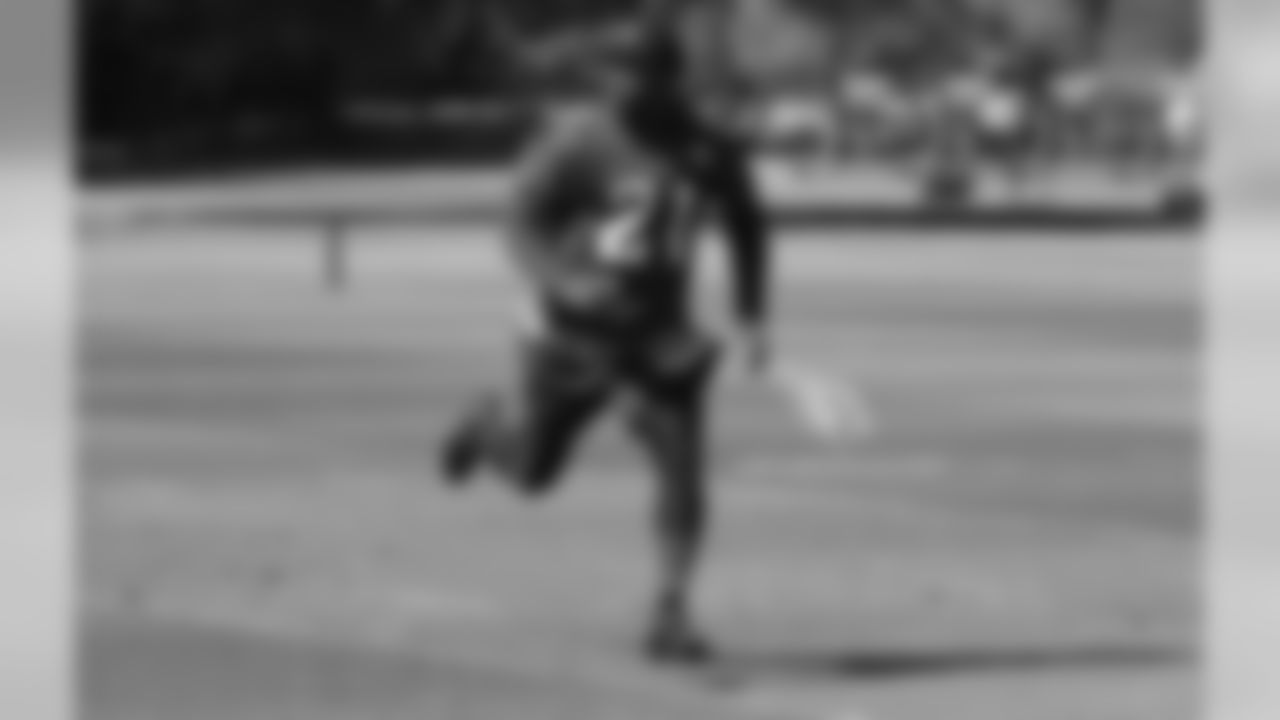
CB Patrick Peterson
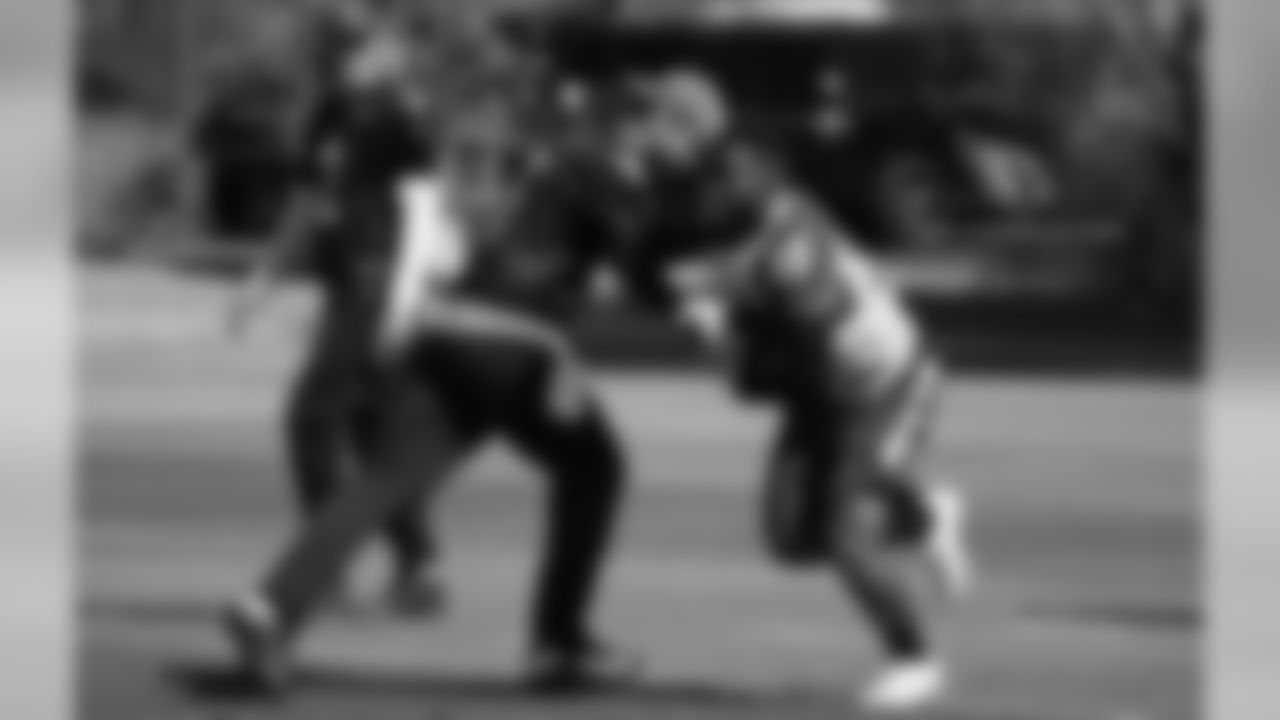
RB Elijah Penny

The running backs doing work

DT Ed Stinson

OC Harold Goodwin (left) with QB Carson Palmer

G Cole Toner
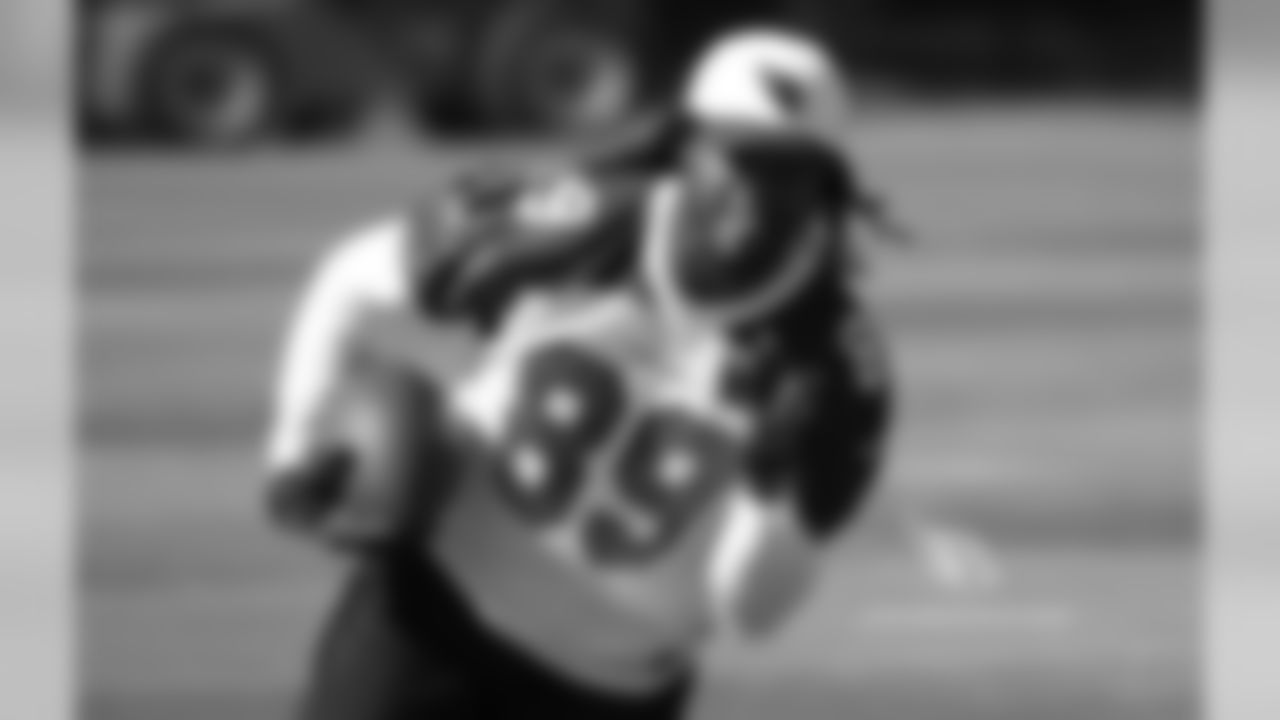
TE Hakeem Valles

WR J.J. Nelson

NT Xavier Williams

S Tyrann Mathieu (left) and Money LB Deone Bucannon















